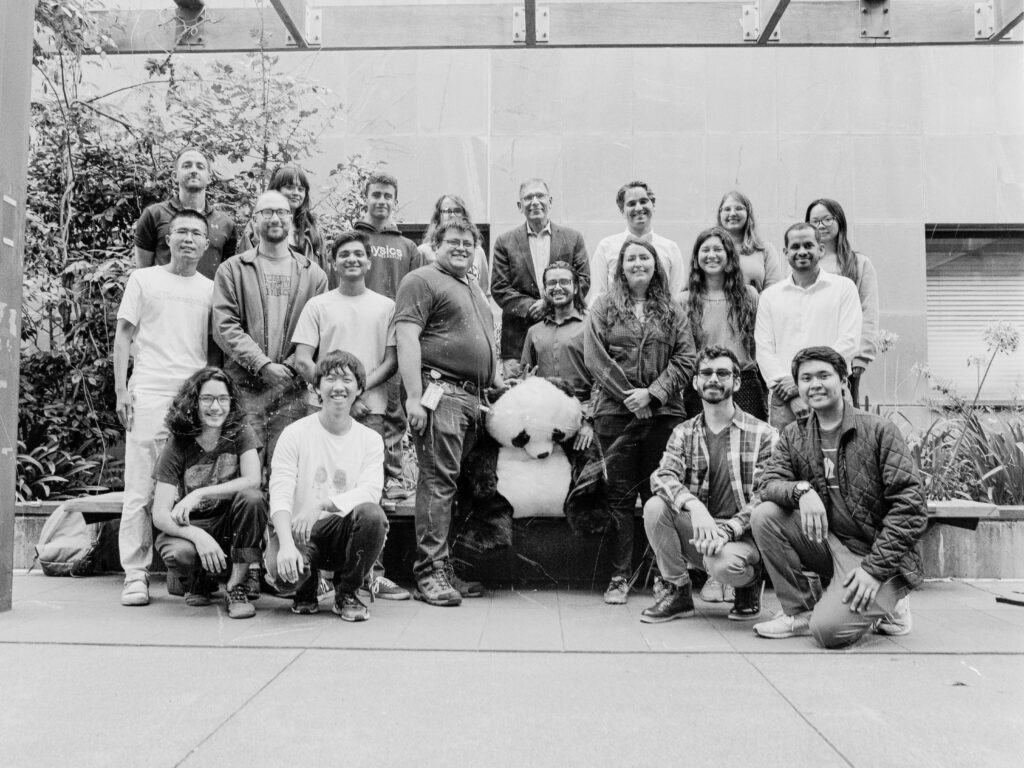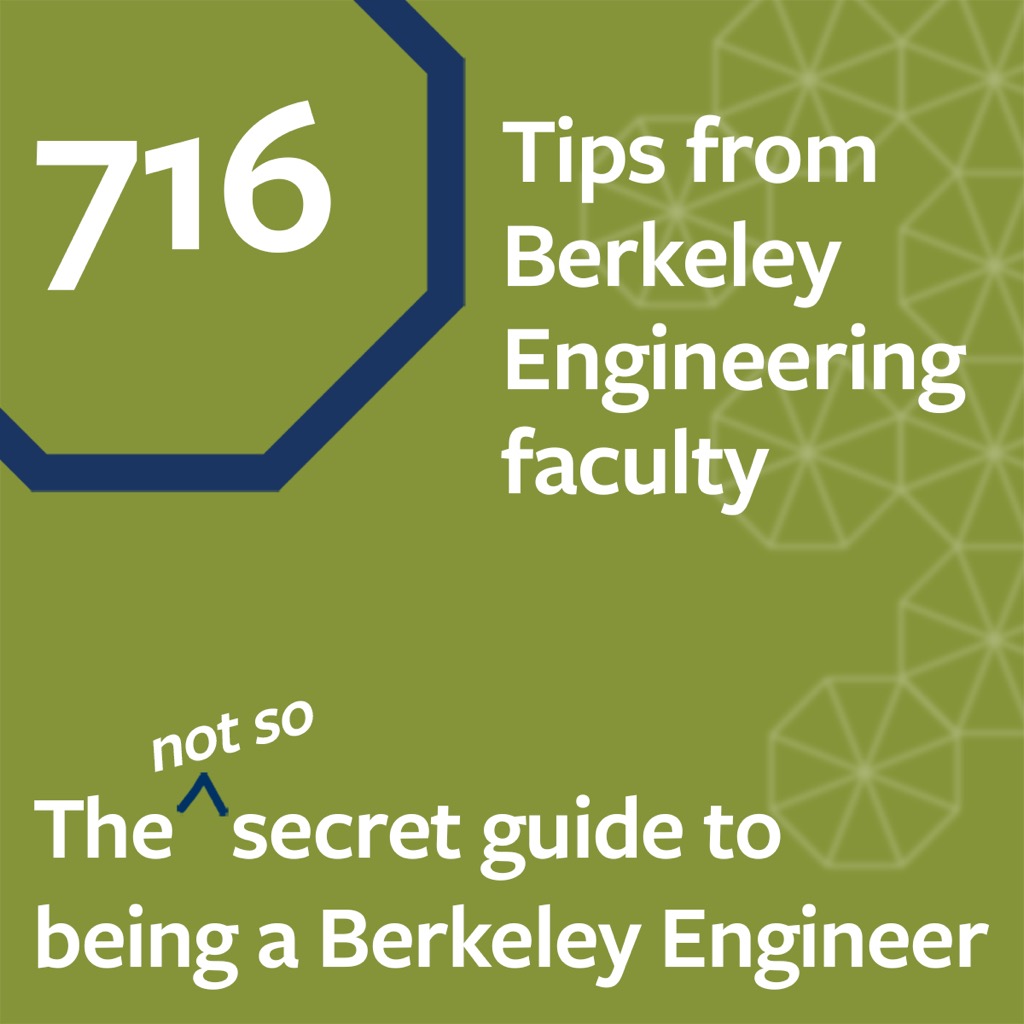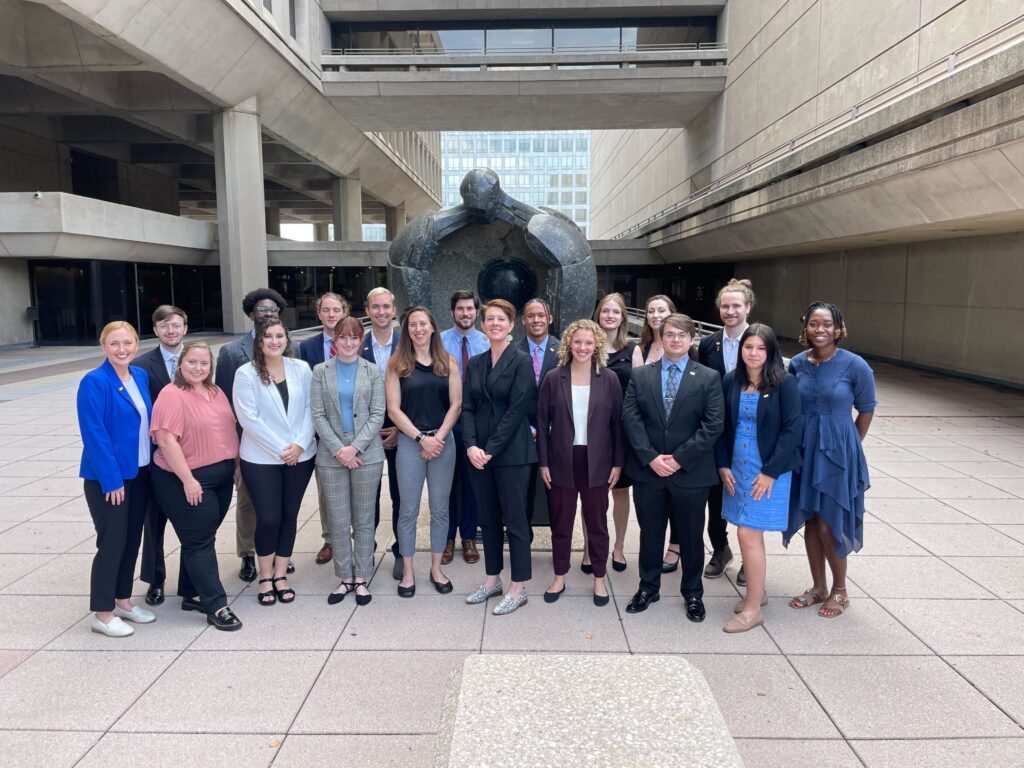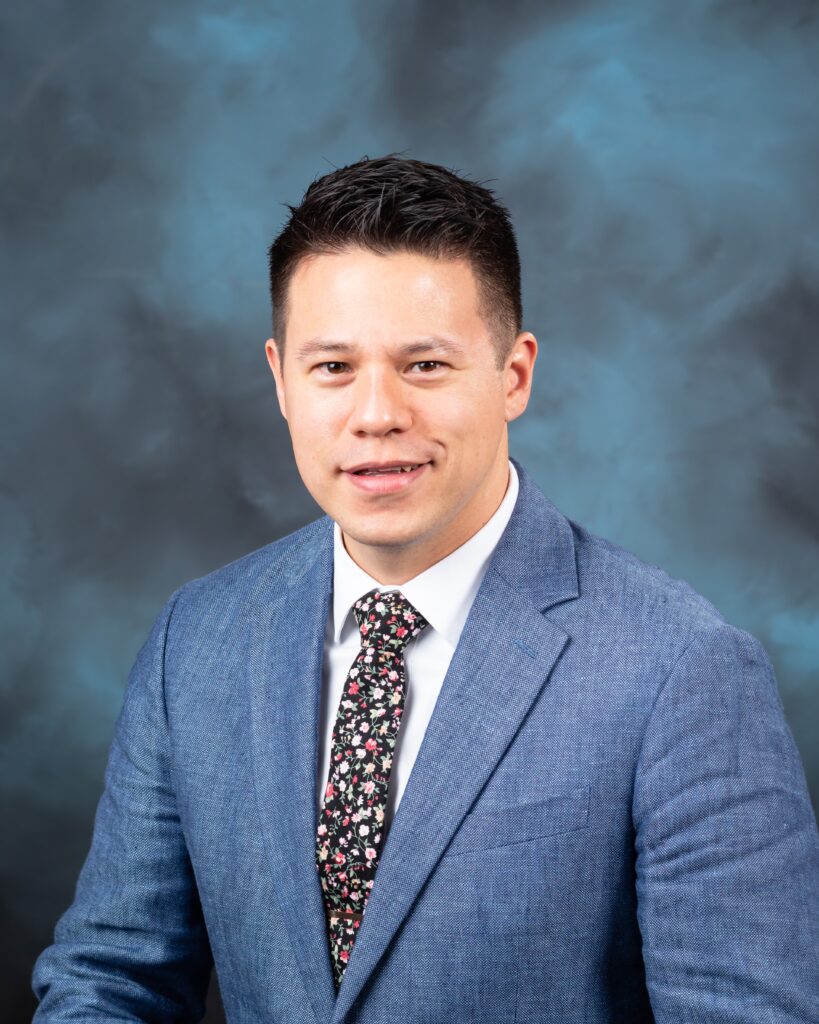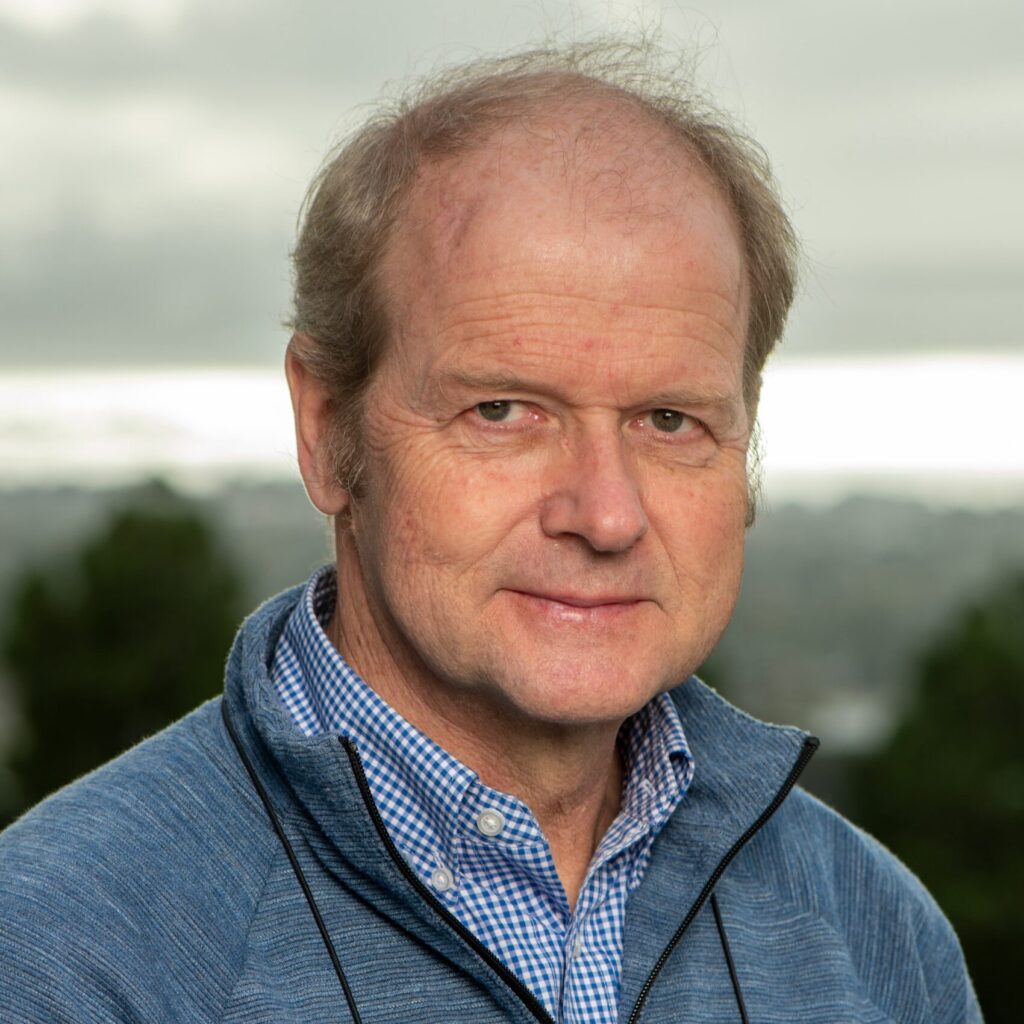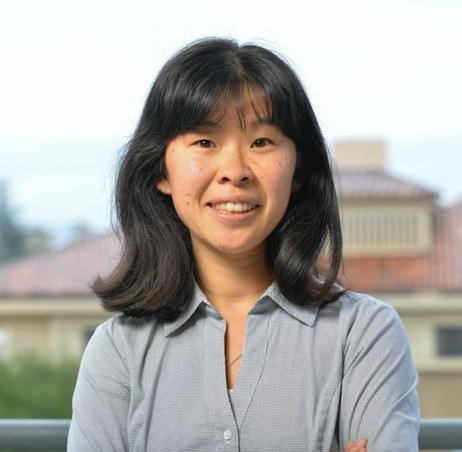Archive for September 2023
Karl van Bibber Group Awarded 5-Year U.S. Department of Energy Grant
Karl van Bibber Group Awarded 5-Year U.S. Department of Energy Grant September 29, 2023 The group of professor Karl van Bibber has been awarded a $1.1M grant for five years from the Department of Energy, for the proposal “Innovative metamaterials and quantum amplifiers for very high mass dark matter axion searches”. This work supports…
Read MoreThe not so secret guide to being a Berkeley Engineer
The not so secret guide to being a Berkeley Engineer September 19th, 2023 On this week’s episode of The (Not So) Secret Guide to Being a Berkeley Engineer our own NE Professor Bethany L. Goldblum gives advice alongside other amazing Berkeley Engineering professors to students. If you want to learn how to gain the most…
Read More2023 Nuclear Engineering Student Delegation
2023 Nuclear Engineering Student Delegation September 20th, 2023 The Nuclear Engineering Student Delegation (NESD) is an opportunity for politically and socially active students interested in the intersection between nuclear technology and policy to solve problems facing the industry. NESD focuses on active legislation pertinent to the nuclear energy field and educate and advocate to our…
Read MoreKaleidos: Making Nuclear Power Portable at Radiant Nuclear
SPEAKER: Dr. Benjamin R. Betzler Head of Nuclear Engineering at Radiant DATE/TIME: MON, 09/25/2023 – 3:00PM TO 4:00PM LOCATION: 3105 ETCHEVERRY HALL Abstract Increased industry development of nuclear microreactors over the last several years is largely due to their portability and operational flexibility, making them a feasible carbon-free technology for a variety of electrical grid…
Read MoreRadioactive Mice! How We Use the Mouse Model to Study Radiotherapeutics and Decontamination at LBNL
SPEAKER: Alexia Cosby, Ph.D. DATE/TIME: MON, 09/18/2023 – 3:00PM TO 4:00PM LOCATION: 3105 ETCHEVERRY HALL Abstract The mouse model is an essential component for validating preclinical research. Here at LBNL, we use the mouse model to investigate two distinct challenges: 1) designing and evaluating radiotheranostics, and 2) understanding radiocontamination in the event of a nuclear…
Read MoreKai Vetter Featured in NYT, CBS Articles on Fukushima Water Release
Kai Vetter Featured in NYT, CBS Articles on Fukushima Water Release September 14, 2023 Professor Kai Vetter was featured alongside other nuclear science experts in the August 29th, 2023 article of the New York Times, “China’s Disinformation Fuels Anger Over Fukushima Water Release” to comment on the Fukushima waste water release plan. Additionally, he was…
Read MoreIn-situ Deformation of Metals under Hydrogen and High Pressure
SPEAKER: Wendy Gu Assistant Professor of Mechanical Engineering, Stanford University DATE/TIME: MON, 09/11/2023 – 3:00PM TO 4:00PM LOCATION: 3105 ETCHEVERRY HALL Abstract Understanding hydrogen degradation of metals is critical to the green hydrogen economy. Here, I will describe the synchrotron transmission X-ray microscopy (TXM) to image iron thin films that simultaneously undergo electrochemical hydrogen charging.…
Read More